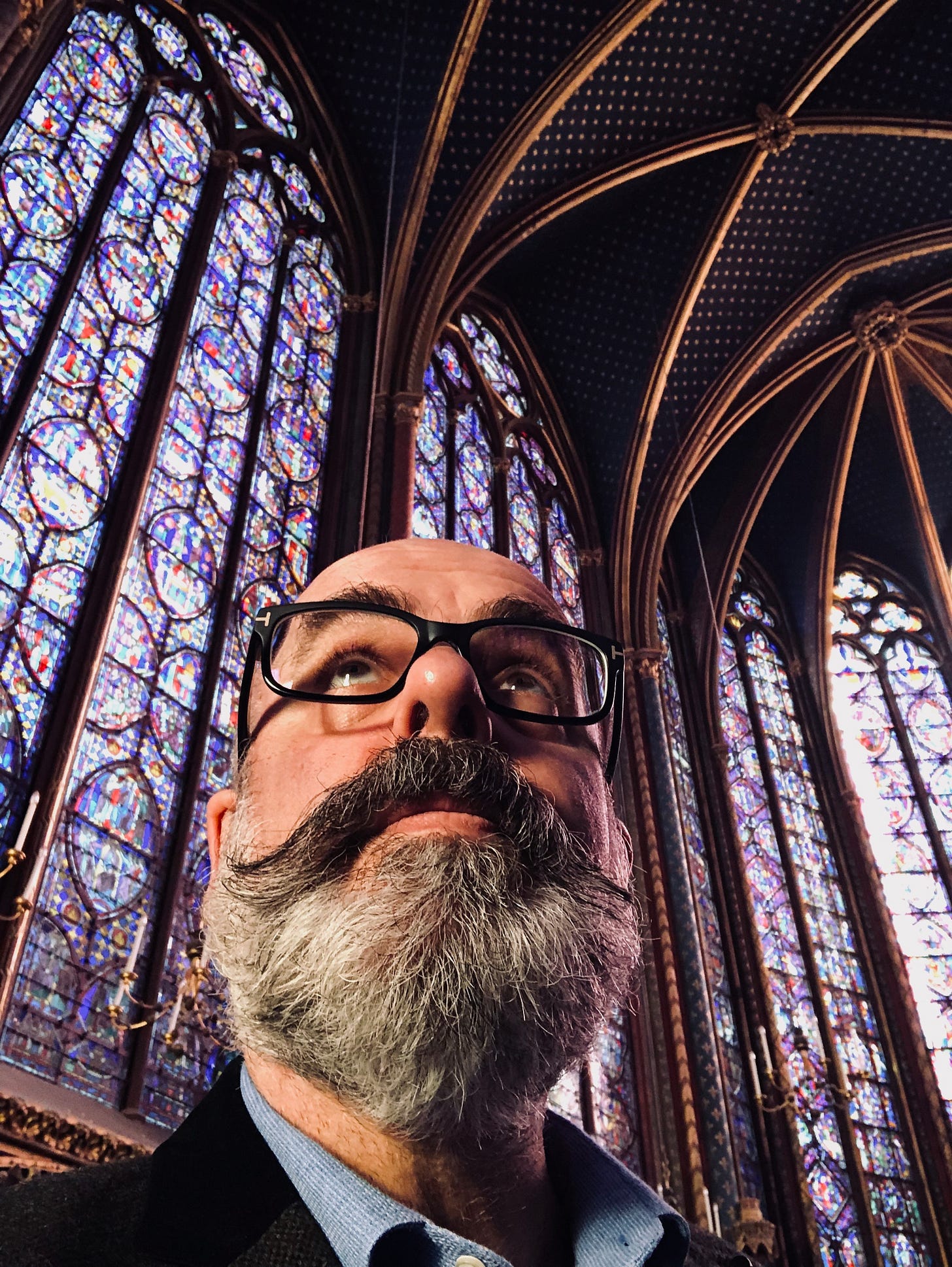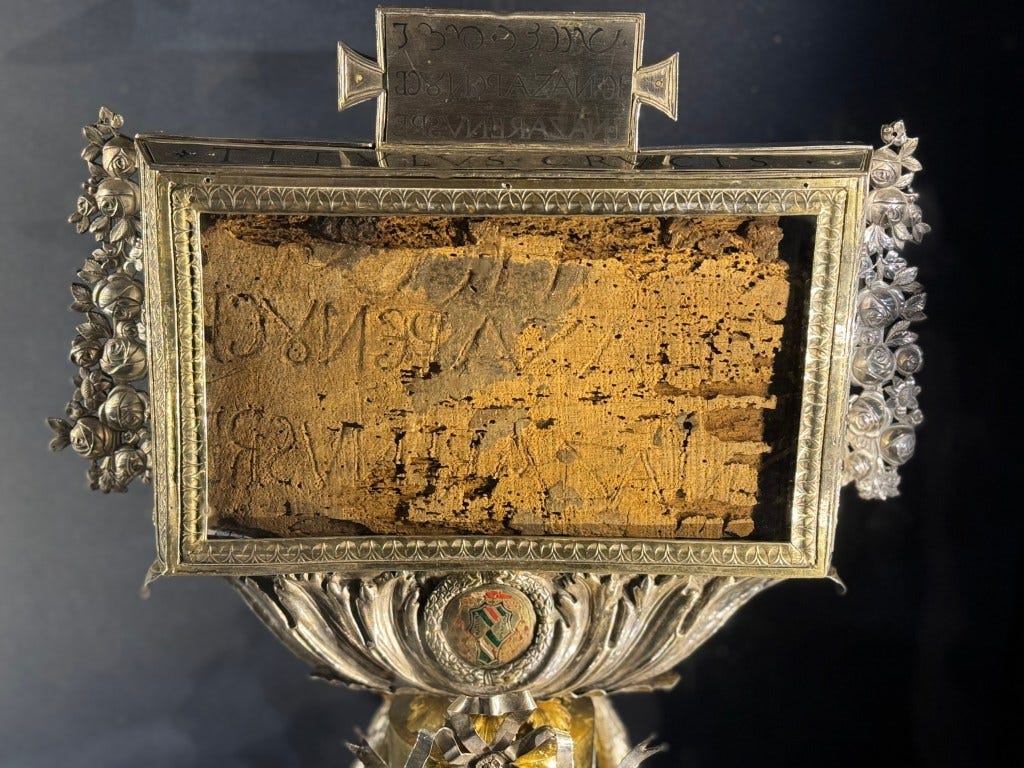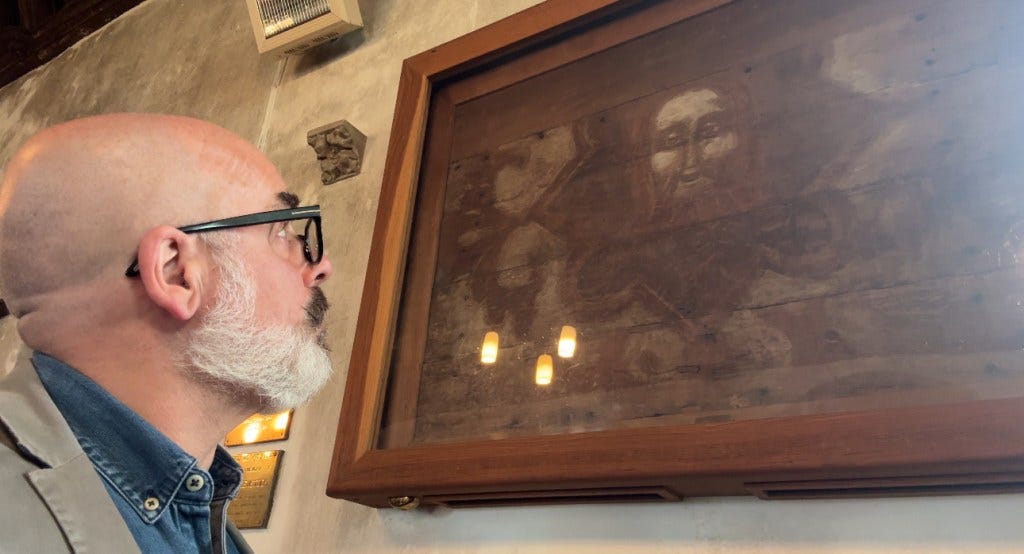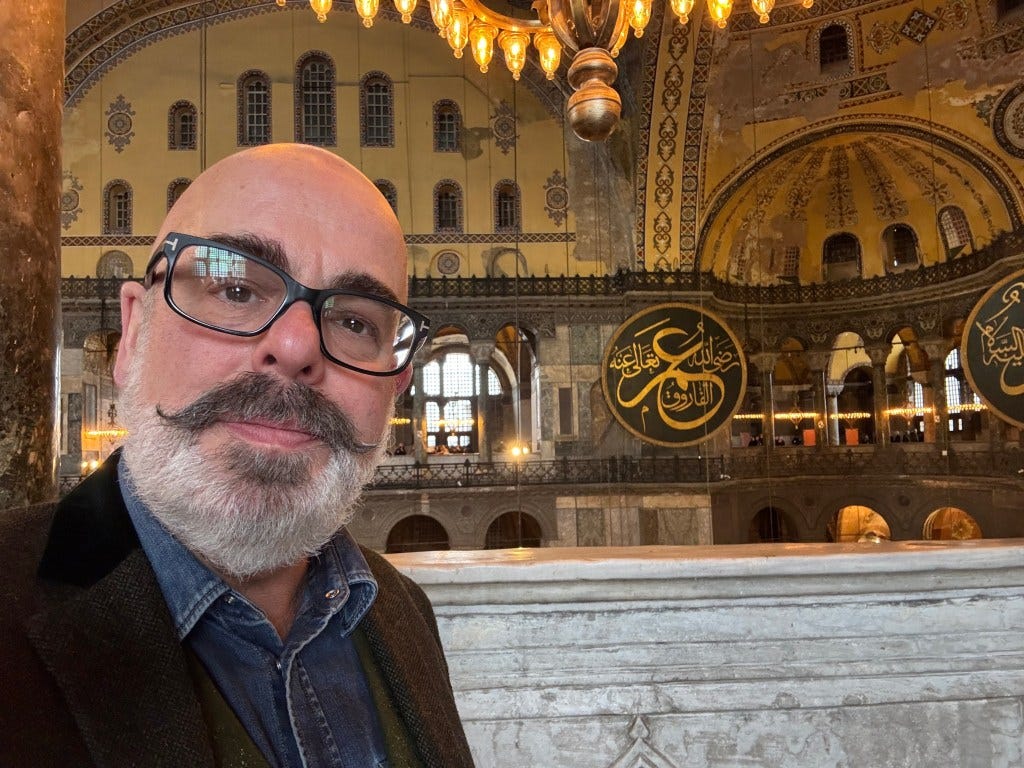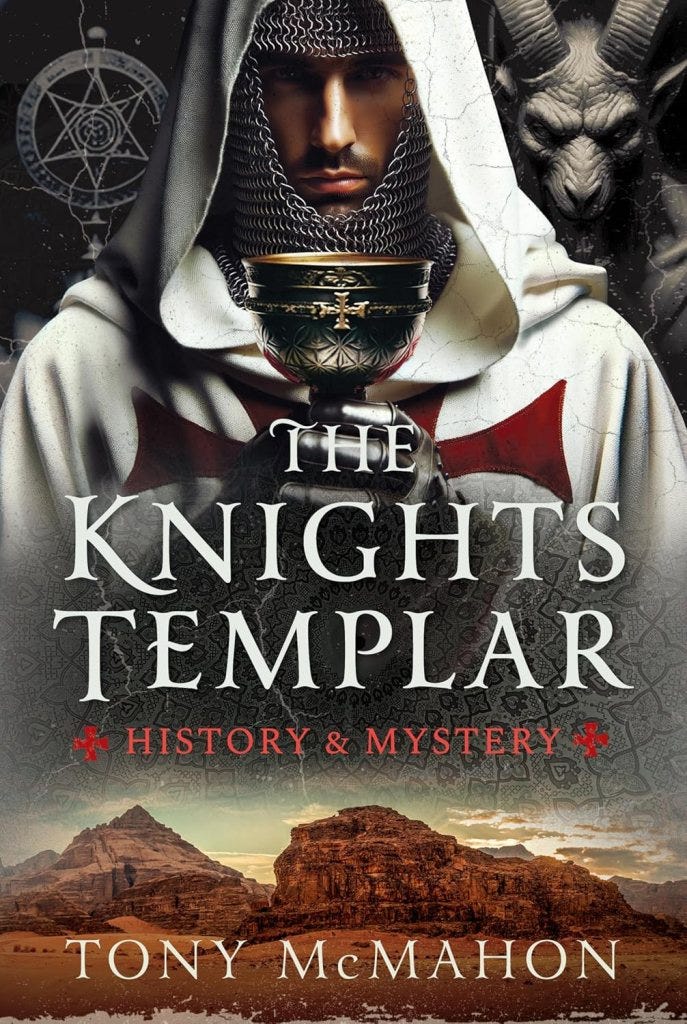My Quest for the Passion Relics of Jesus
Looking for the most sacred artefacts from the crucifixion
Greetings Gold and Silver Level Templar Knights! I’ve been looking all over Europe for the passion relics from the crucifixion and resurrection of Jesus Christ. So, how did I so? Did I find them? Read on.
It's often said that the Knights Templar were on a quest to find the "Passion Relics". But what were the passion relics and why would the knights have wanted them? I'm been on a quest to find these most sacred items and I've managed to track some of them down.
The passion relics are artefacts associated with the crucifixion and resurrection of Jesus Christ. The death of Christ - and his subsequent victory over death - is central to Christian belief. So, what was I hoping to find? Well, here are the relics in question:
The True Cross - all or part of the crucifix on which Jesus was nailed and put to death
The Nails - the very nails used to fix Jesus to the cross
The Crown of Thorns - the painful crown fashioned by Roman soldiers and pressed down on the head of Jesus causing him to bleed
The Pillar of Flagellation - the stone pillar to which Jesus was tied while being whipped
The Holy Sponge - this was the sponge dipped in wine and vinegar and then offered to Christ to drink from on the cross
The Holy Lance - otherwise known as the Spear of Destiny, which was a lance that pierced the side of Jesus, hastening his death
The Veil of Veronica - also called the Sudarium is a face cloth that wiped the sweating brow of Jesus leaving an almost photographic imprint of his facial features
The Shroud of Turin - or "sindon" - which wrapped the body of Christ in the tomb and was then discarded when he resurrected
The Holy Grail - used at the Last Supper and then at the crucifixion when Joseph of Arimathea collected some of Christ's blood in this chalice
Scala Santa - the marble staircase at Pontius Pilate's palace up which Jesus walked to be tried and sentenced to death
Let's start with the Crown of Thorns. In 1239, the French king Louis IX (who was later made a saint) bought the Crown of Thorns from the Latin Emperor of Constantinople, Baldwin II, for an astonishing amount of money. He then built an expensive chapel - the Sainte Chapelle - in Paris, to house the costly relic. However, the relic is now at Notre Dame cathedral. Here I am (pictured below) visiting the Sainte Chapelle with its incredible stained glass windows.
In Rome last year, I chanced upon the Basilica of Santa Prassede, one of the city's smaller churches and very ancient - built in the 9th century CE. It still has its original mosaics dating back well over a thousand years. And in a side chapel, I came across the pillar to which Jesus was tied and scourged. This marble stump was discovered by the mother of the Roman Empire's first Christian emperor, Empress Helena, on a visit to Jerusalem in the early fourth century CE. In the 13th century it was brought to Rome and here it is...
Not far away in Rome, I found a church packed with holy relics: Basilica of Santa Croce in Gerusalemme. Believed to have been founded, as early as 325 CE on top of a Roman villa, by none other than the Empress Helena, mentioned above, to store some more sacred artefacts she discovered on that very productive visit to Jerusalem.
It's got a passion relic I didn't mention: the Titulus Crucis. This is a wooden panel nailed above Jesus' head during the crucifixion, which proclaims 'Jesus of Nazareth, King of the Jews'. Radiocarbon dating points to a medieval date long after the crucifixion. Here it is captured on my iPhone.
In 1945, a painting on wood was discovered in an outhouse of an old building in the English village of Templecombe. It depicts the ghostly, disembodied head of Jesus. As the name of the village suggests, the Knights Templar once had a presence in the area. Some have theorised that the image proves the Templars owned the shroud in which Jesus was buried - or the Veil of Veronica. Earlier this year, I went to take a look at it, framed and mounted on the wall of a local church.
How would the Knights Templar have got their hands on the shroud of Jesus? The theory runs that they stole it from the Byzantine emperor when the city of Constantinople was ransacked by crusaders during the Fourth Crusade in 1204. There is no evidence to support this by the way. However, there is an account of the veil that wiped the face of Jesus being brought to Constantinople in the tenth century - and being paraded around the basilica of the Hagia Sophia. I visited the basilica, built in the 6th century CE, a few weeks ago. It is now a mosque in the modern city of Istanbul.
If you would like to know more about the Knights Templar, then get your hands on a copy of my book: The Knights Templar – History & Mystery. Published by Pen & Sword and available on Amazon, Waterstones, Barnes & Noble, and WHSmith. Don’t miss out on your copy!






